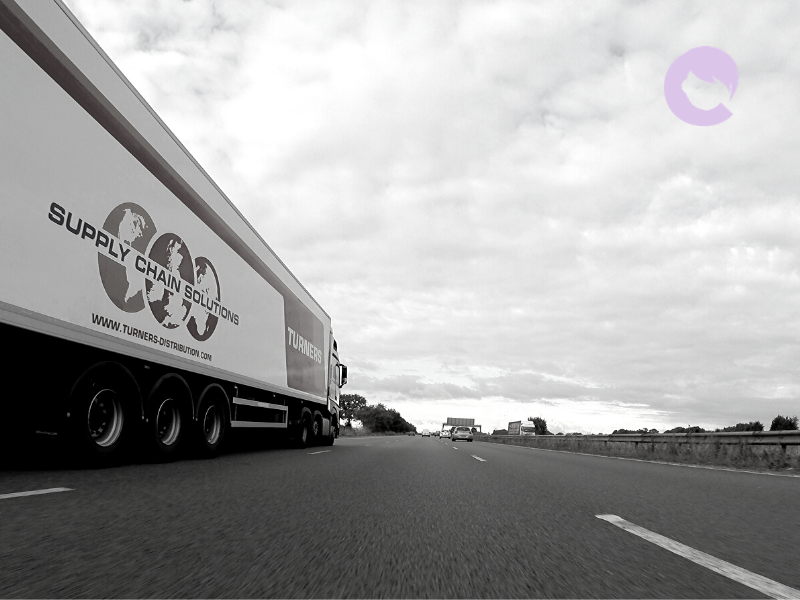Logistics is a critical component of e-commerce and one of the top cost contributors in e-commerce business model. I joined the Post & parcel 2019 Leaders in Logistic conference to understand the latest developments on e-commerce supply chain. During the conference, leaders in logistics from around the world met to discuss their ongoing challenges.
A Statista report predicts that retail e-commerce is worth over $4 trillion by end of next year 2020. At the end of 2020, 20% of businesses would have their own marketplace.
“Fast” and “Free” continue to dominate as holy grails of e-commerce fulfillments.
FREE
Free shipping and free returns were the craze and considered as the end-all-and-be-all pre-requisites, but these are not sustainable practice.
Many e-commerce players are, in fact, subsidizing their last mile delivery cost heavily at the expense of their sales margins.
Returns alone is a hefty $400million business! There are also taxes levied by the customs for trans-border fulfillments that are often beyond the control of logistic players.
FAST
Alibaba has positioned itself as a leader in global logistics services. Alibaba and its logistics subsidiary, Cainiao, announced they would build their logistics and supply chain capabilities to be able to deliver anywhere in China within 24 hours, and across the globe within 72 hours.
Conventional logistics players need to consider strategic partnerships to circumvent regulations relating to cross-border deliveries. They also need to work with national postal & parcel service providers with the reach and infrastructure to address last mile feats.
POSTAL DISRUPTIONS
National Postal service providers also see the needs to evolve to meet the growing demand of supply chain infrastructure. Not just national, but also transnational.
Singapore Post, for example, battles with incompatibility of its current letterbox infrastructure that is not built for parcels. The diverse form factors of e-commerce parcels present additional challenges for its delivery fleet comprising mostly scooters and aging workforce.
Customer expectation of parcel delivery is pegged to that of courier. This means postal service providers need to enable real-time tracking for their delivery.
PARADIGM SHIFTS
Technology and strategic partnerships are important for riding the inevitable logistics disruptions.
Accenture suggests 3 emerging models for e-fulfillments
- End-to-end control, characterized by own assets conveyance and warehousing
- Partnering on last mile delivery to leverage network of physical stores
- Partnering on fulfillment and last mile delivery, applicable for retailers with smaller orders and lower frequencies.
There is also call to adopt more dynamic multi-dimensional logistic framework. This is where technology like Blockchain, AI and Big Data can really change the game.
- Picking and delivery will take place within the same trips
- Portfolio of labour model comprise employees, contractors and gig economy
- Real-time updates and route optimization
- Predictive delivery and time commitment that delivers better margin management and customer experience
- Blockchain is the next thing to help facilitate complex financial transactions associated with trans-border trades and multi-partner infrastructure.


Recent Comments